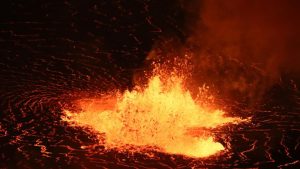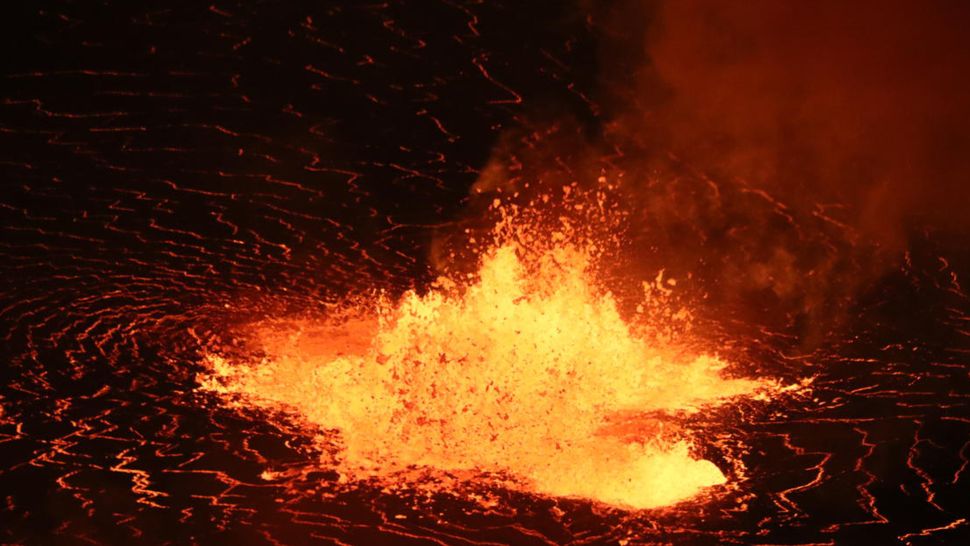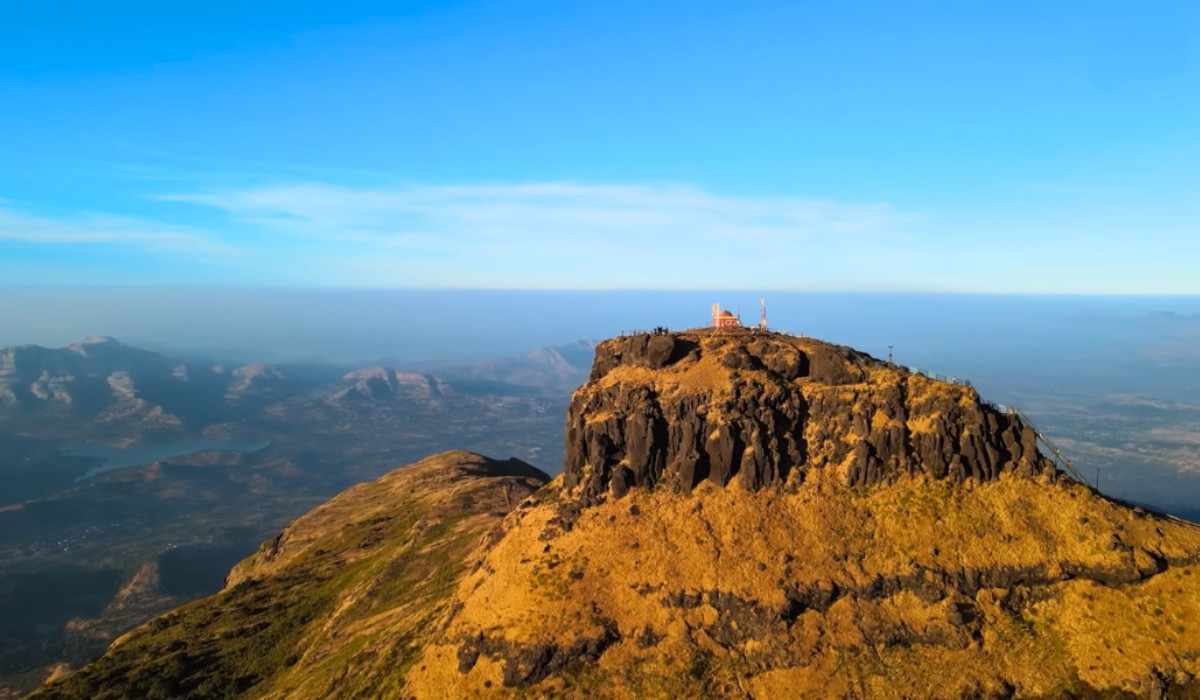Kilauea volcano is erupting, sending lava and thread-like pieces of volcanic glass, known as
Pele’s hair, into Hawaii’s skies, according to the U.S. Geological Survey (USGS) and the National
Weather Service.

The eruption began at about 3:20 p.m. local Hawaii time Wednesday (Sept. 29), when the USGS Hawaiian
Volcano Observatory detected a glow from its webcam at Kilauea summit. That glow indicated a lava eruption happening at Halema’uma’u crater — a pit crater nestled in the much larger Kilauea caldera, or crater.
Hawaii’s Big Island
The webcam footage also revealed fissures at the base of Halema’uma’u crater that were releasing lava
flows onto the surface of the lava lake that had been active until May 2021, the USGS said in a statement.
However, the eruption at Kilauea — located within Hawaii Volcanoes National Park, on Hawaii’s Big Island — is confined to Halema’uma’u crater, meaning it’s not currently a threat to the public.
Kilauea
The current eruption is the latest of a long string of volcanic activity at Kilauea. At an elevation of 4,009 feet (1,222 m) aboveground, the shield-shaped volcano has a magma-pumping system that extends more than 37 miles (60 kilometers) below Earth, according to the USGS. Kilauea has erupted 34 times since 1952, and it erupted
almost continuously from 1983 to 2018 along its East Rift Zone. A vent so at Halema’uma’u crater was home to an active lava pond and a vigorous gas plume from 2008 to 2018.
Kilauea’s volcanic activity also made headlines in May 2018, when the lava lake at the summit caldera
drained
just as the Eastern Rift Zone revved to life with lava fountains and new fissures, whose lava created a red-hot
river that destroyed hundreds of houses before draining into the ocean.
From December 2020 to May 2021, a summit eruption made a lava lake within Halema’uma’u crater, and in
August 2021, a series of small earthquakes rattled the summit.
Credits:livescience.com











